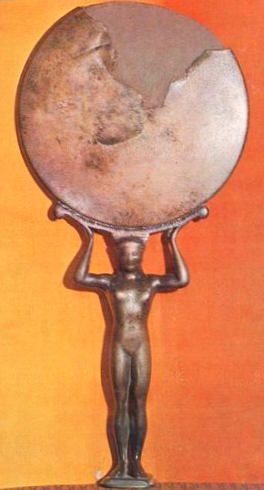My family of origin friends, Svetlana Andrukh and Gennady Toschev were the lead specialists on archeology and Scythians, highly mobile warrior nomads of Iron Age into the Classical period on Ukrainian territories, with 1st millennium BCE urbanism and millet agriculture.
Svetlana Andrukh had invited me to participate in their work on the archeological sites when I was 17-18, and I regret not going with them for a Summer month or two.
Scythians
- Called themselves Scoloti
- Ancient Greek: Σκώλοτοι
- Old Persian: ????????????
- Ancient Egyptian: ????????????????
- Akkadian: ????????????????????
The Scythians are an Indo-European ethno-linguistic group that replaced the Cimmerians as the dominant power on the entire Eurasian Steppe in the 8th century BCE, creating what has been called the first Central Asian nomadic empire. They were based in what is modern-day Ukraine and southern Russia and were led by a nomadic warrior aristocracy, Royal Scythians. The Scythians played an important part in the Silk Road, a vast trade network connecting Greece, Persia, India and China. Settled metalworkers made portable decorative objects for the Scythians. Scythian metalworking formed Scythian art full of zoomorphic symbology.
Next historical stages of Scyths:
- After the 4th century BCE they were gradually conquered by the Sarmatians, and in the late 2nd century BCE, their capital at Scythian Neapolis in the Crimea was captured by the Bosporan Kingdom, a Greco-Scythian state located in eastern Crimea and the Taman Peninsula. By this time they largely adopted Greek culture.
- By the 3rd century CE, the Sarmatians and last remnants of the Scythians were dominated by the Alans, nomadic pastoral people of the North Caucasus, and then by the Goths, a Germanic people who played a major role in the fall of the Western Roman Empire.
- By the early Middle Ages, the Scythians and the Sarmatians had been largely assimilated and absorbed by early Slavs.
From our friends' research:
Here, we analyse strontium, oxygen, and carbon isotope data from human tooth enamel samples, as well as nitrogen and carbon isotope data of bone collagen, at several Iron Age sites across Ukraine commonly associated with ‘Scythian’ era communities. Our multi-isotopic approach demonstrates generally low levels of human mobility in the vicinity of urban locales, where populations engaged in agro-pastoralism focused primarily on millet agriculture. Some individuals show evidence for long-distance mobility, likely associated with significant inter-regional connections. We argue that this pattern supports economic diversity of urban locales and complex trading networks, rather than a homogeneous nomadic population.
The main food of the multicultural population was millet.
Our results indicate that inter-regional mobility was limited during the Scythian era, yet likely higher than in previous periods. Millet became an important dietary staple among many urbanites. High dietary diversity suggests that urban locales were key nodes of socio-economic integration that may have included individuals engaged in varied economic endeavours (e.g. pastoralism, agriculture). It is clear that if we are to truly uncover the ‘Scythians’ we need to accept that the Eurasian steppe was home to a myriad of dynamic cultures and subsistence strategies during the Iron Age.
Vessels discovered in a Scythian grave mound contained traces of opium and marijuana, confirming the claim of an ancient Greek historian Herodotus.

